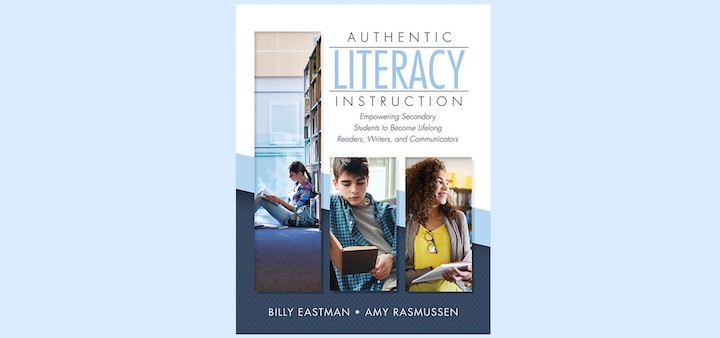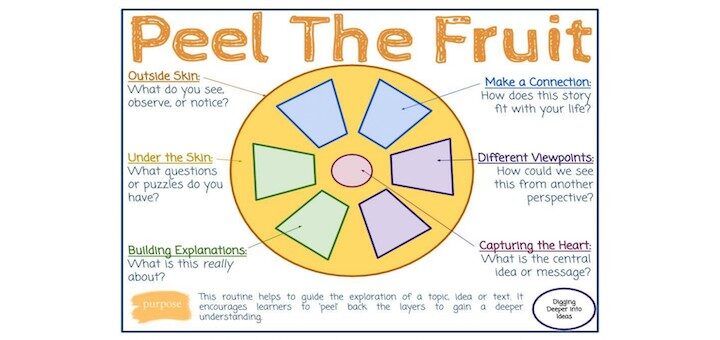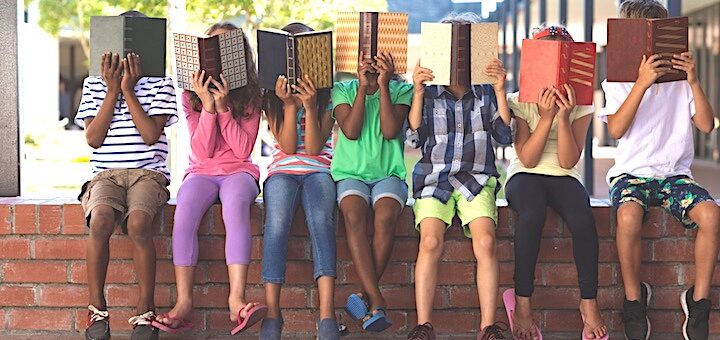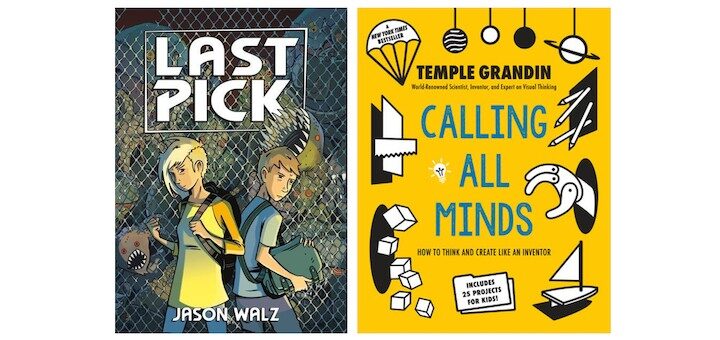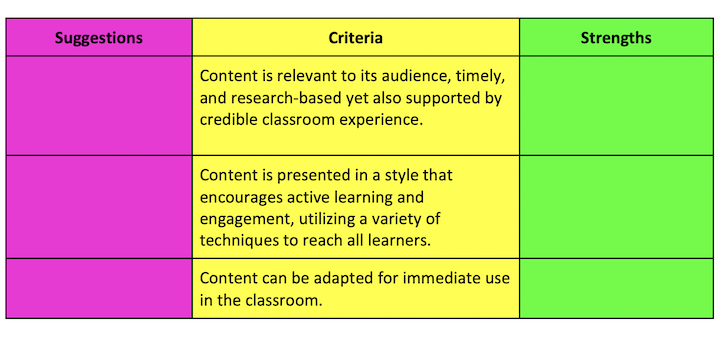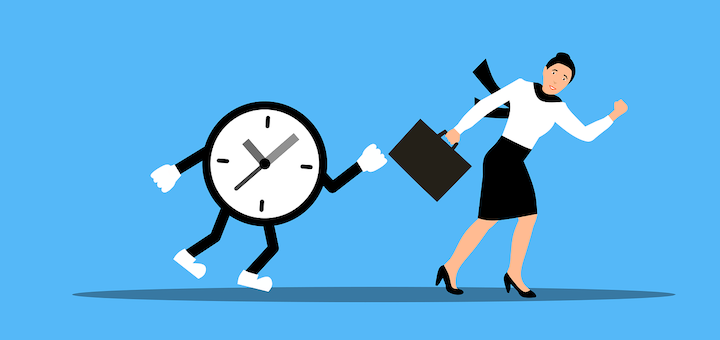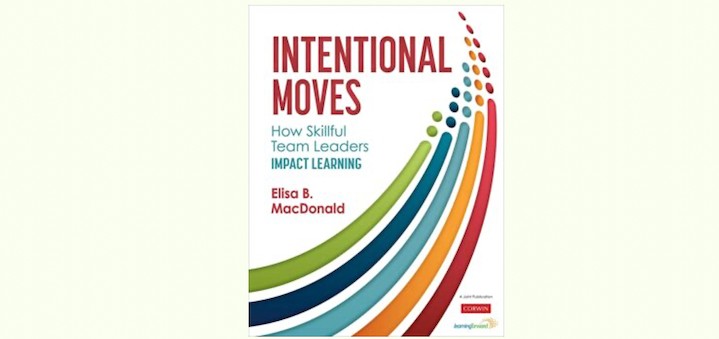Teaching and learning in grades 4-8
Authentic Literacy Instruction cuts through the literacy fog and all the opposing claims about reading instruction to present practical, actionable techniques teachers can use with any curriculum in grades 6-12, says ELA/reading teacher Erin Corrigan-Smith.
Ramp up poetry positivity with the Peel the Fruit activity from Project Zero. Throughout the year NBCT Kathie Palmieri helps her fifth graders uncover layers of poetry understanding and then invites them to write their own. Their current favorite: the Intimate Object Poem.
Many problems that emerge in the ‘wonder years’ might be alleviated with a high quality puberty education program, writes health educator Wendy Sellers. “You will benefit from cultivating a more productive classroom climate and knowing you are meeting your students’ needs.”
Scholastic’s Dwaine Millard explores how community libraries can both offer all young people opportunities to improve their access to resources and technology and provide face-to-face settings where they can form positive social norms outside the boundaries of social media.
What would it be like to spend time together with colleagues on a regular basis to learn and improve our teaching skills? To investigate that question, Anne Jolly embarked on a year-long, onsite action research project to design and test a middle school teacher collaboration process.
Phelps and Lewis offer a comprehensive guide to setting goals, delineating a process that is sure to be impactful for gifted learners. Specialists working with 2E or underachieving students will appreciate the strengths-first framing, writes gifted education leader Kim Rensch.
Do graphic novels get to stand on their own, or should they be paired with additional texts? ELA teacher Jason DeHart explores that question and concludes (no surprise) that the answer is both. See his suggestions for paired titles that will appeal to middle grades readers.
The single point rubric – a minimalist, stripped-down version of the standard 4-point rubric – provides efficiency for teachers and is impactful for students because the simplified teacher feedback fosters growth, writes Stephanie Farley. She also shares three grading tips.
The number one frustration Barbara Blackburn hears from educators is TIME! “I just don’t have time to do everything I need to.” Try her seven strategies to cope with constant planning and overflowing calendars. And remember this: perfectionism can be the enemy of completion.
Intentional Moves: How Skillful Team Leaders Impact Learning is a treasure for any educator who coaches, is a team leader, an administrator or spends a significant amount of their time working with professional colleagues, writes adult learning consultant Cathy Gassenheimer.

